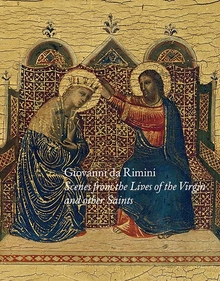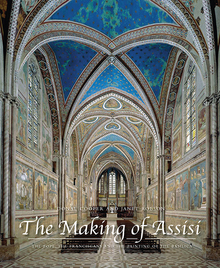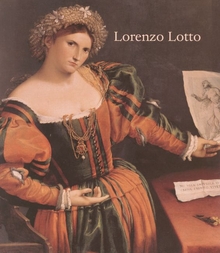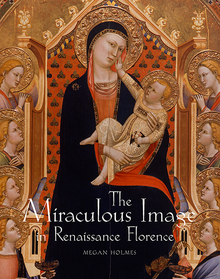Empire Without End
WARNING
You are viewing an older version of the Yalebooks website. Please visit out new website with more updated information and a better user experience: https://www.yalebooks.com
Antiquities Collections in Renaissance Rome, c. 1350-1527
Kathleen Wren Christian
This lucid and coherent account provides a new overview of the collecting of antiquities in early renaissance Rome, from the time of Petrarch to the Sack of Rome in 1527. In the early 15th century, when Romans discovered ancient marble sculptures and inscriptions in the ruins, they often melted them into mortar. A hundred years later, however, antique marbles had assumed their familiar role as works of art displayed in private collections. In this important book, the author steps back to examine the “long” 15th century, a critical period in the history of antiquities collecting that has received scant attention. She examines shifts in the response of artists and writers to spectacular archaeological discoveries and the new role of collecting antiquities in the public life of Roman elites. The book culminates in a detailed catalogue of the thirty-six most important antiquities collections formed before the Sack and brings these vanished sites back to life by using archival documents, drawings, and descriptions by visitors to clarify the history and appearance of little-studied collections.
“This important and long-awaited book is the most significant study of antiquities collecting in Rome to appear in the last several years….On every page, Christian displays a stunningly sophisticated level of erudition, sharp critical judgment, and an unerring eye for the telling detail, skills that make her uniquely qualified to tackle this exceptionally challenging subject.”—Brian A. Curran, Renaissance Quarterly
“The book is very clearly and elegantly written, and beautifully illustrated with high-quality images…..This is a thought-provoking and highly enjoyable study accessible to a wide readership.”—Guido Rebecchini, Renaissance Studies
“Empire Without End is a well-researched and learned survey, entertainingly written and lavishly illustrated … this book promises to become an indispensable tool for future research.”—Ingo Herklotz, Burlington Magazine
Publication Date: August 31, 2010
50 color + 220 b/w illus.








